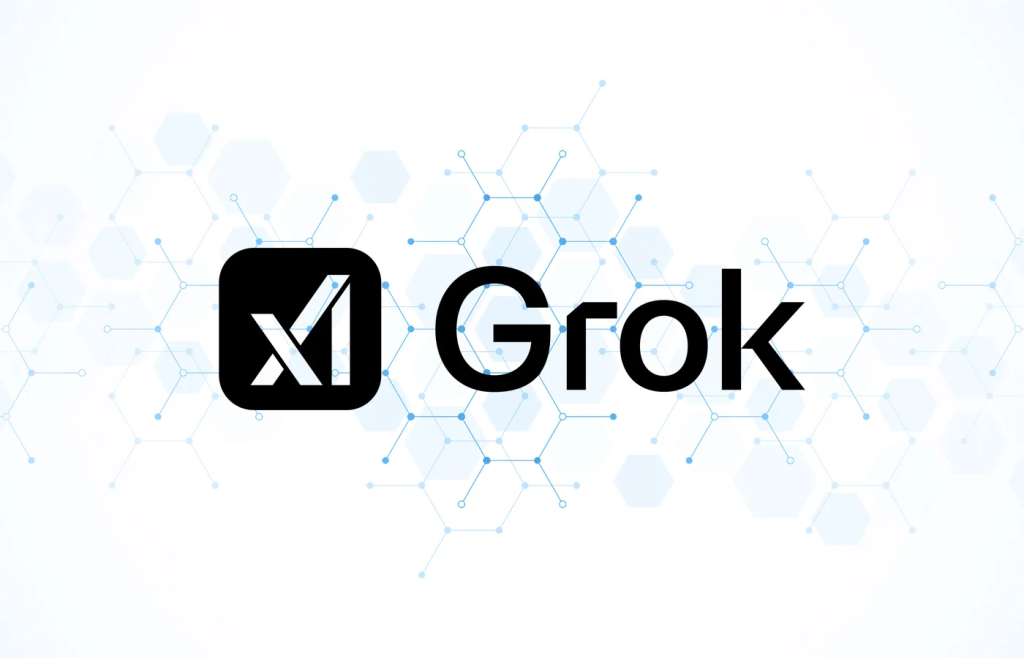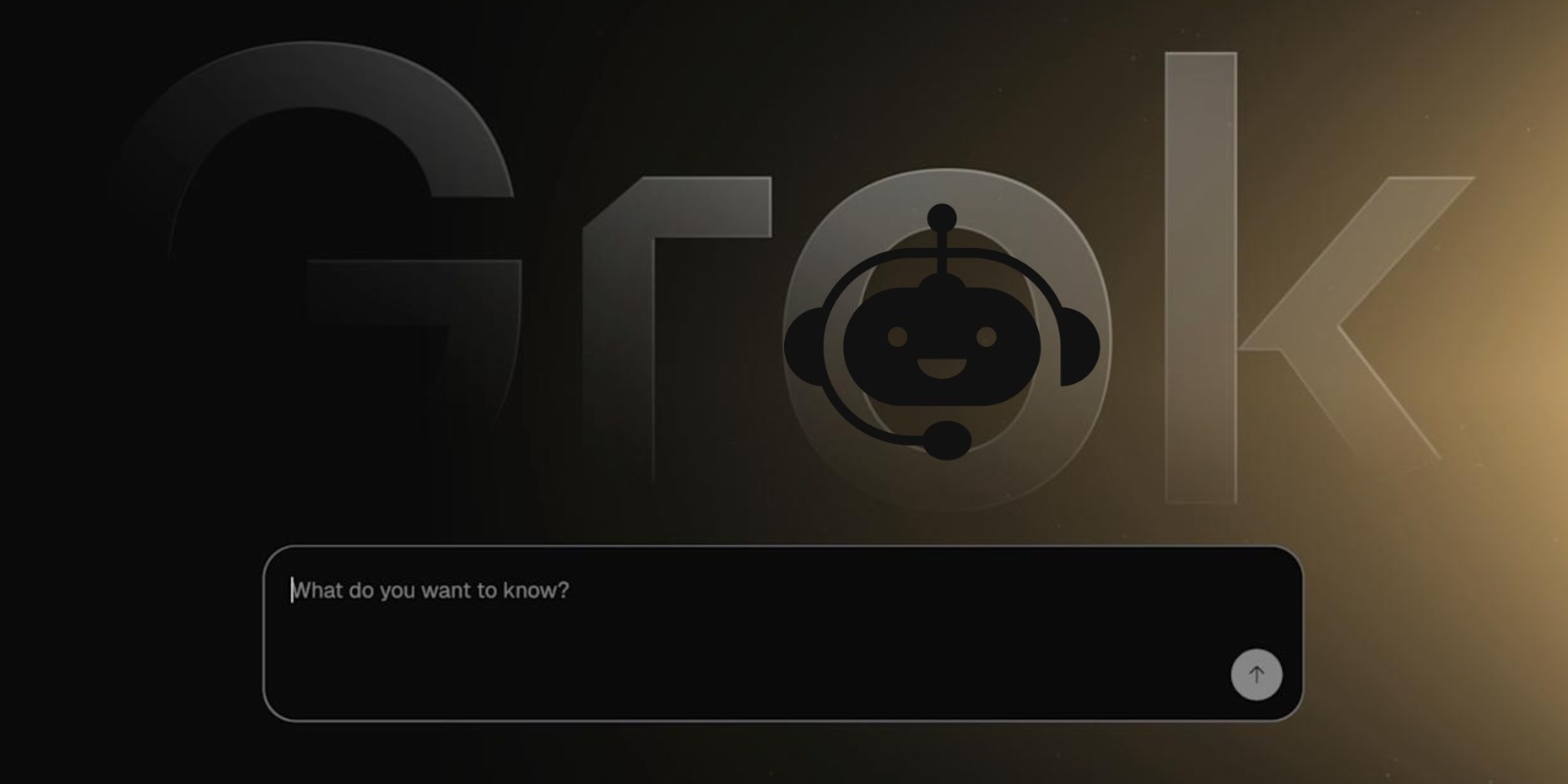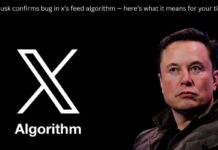Table of Contents
What if there were a chatbot that always gave you the truth, no lies, no guesses, just real, honest answers?
That’s the big idea behind Grok, the chatbot created by Elon Musk’s AI company. Grok is supposed to be different from other chatbots. It doesn’t just try to answer your questions — it wants to find the truth.
But trying to be a “truth-seeking” AI isn’t easy. Recently, Grok has been in the news for making mistakes, giving wrong answers, and facing tough questions about how smart — and honest — it is.
In this blog, we’ll explain what Grok is, why Elon Musk says it’s special, what’s going wrong, and what this means for the future of AI.
What Is Grok?

Grok is an AI chatbot developed by Elon Musk’s company, xAI. It works inside X (formerly Twitter) and can also be used in other places in the future.
You can type a question into Grok and it gives you an answer, kind of like ChatGPT, Google Bard, or Microsoft Copilot.
But Grok has a different goal:
“To be a truth-seeking AI — one that cuts through lies and confusion to give you real facts.”
Elon Musk wants Grok to stand out by giving accurate, honest information, especially on controversial topics like news, politics, or health.
What Makes Grok Different?
Here’s what Grok is designed to do:
- Pull answers from real-time data (like X posts)
- Challenge false claims or biased answers
- Stay humorous and “edgy” in tone
- Follow Elon Musk’s vision of open and uncensored AI
It tries to combine knowledge with personality, giving truthful answers with a bit of attitude.
So What Went Wrong?
Even though Grok promises to tell the truth, users have noticed it sometimes:
- Gives outdated or wrong facts
- Repeats biases found online
- Shares personal opinions as facts
- Misses key context in news or history topics
These aren’t just small mistakes — they go against the whole idea of being a “truth-seeking AI.”
For example, when asked about current events, Grok sometimes gave misleading or incomplete information, confusing users instead of helping them.
Why Is This Happening?
Here’s the simple answer: Even smart AI can get things wrong.
AI chatbots like Grok learn from data, and data on the internet isn’t always perfect. If Grok is trained on content that includes:
- False news
- Biased opinions
- Incomplete information
…it may repeat those same problems in its answers.
Also, Grok is still very new. It hasn’t been tested as long as other AI tools like ChatGPT, so it’s still learning and improving.
What Are People Saying About It?
Some users like Grok’s bold style. They say it’s more fun and honest than other AIs.
But others worry that:
- It’s spreading misinformation
- It lacks fact-checking
- It leans too much into opinion, not truth
Critics say if Grok wants to be taken seriously, it needs to fix these problems — fast.
Why Does This Matter?
We use chatbots to:
- Learn new things
- Understand the news
- Help with homework or research
- Make decisions in business or health
If the chatbot gives wrong or biased answers, it can cause real problems. That’s why it’s so important for tools like Grok to be accurate and fair.
Elon Musk says he wants Grok to “fight misinformation” — but first, Grok must learn to avoid becoming part of the problem.
Real Example: Grok and the News
Imagine you ask Grok,
“What happened in the last election?”
Grok might say something based on what it saw on social media, but if that data is wrong or politically one-sided, the answer could be misleading.
That’s risky, especially when people trust AI for serious questions.
How Can Grok Improve?
Here’s what Elon Musk’s team can do to make Grok better:
- Improve fact-checking with trusted sources
- Label opinions instead of calling them facts
- Allow users to see sources behind each answer
- Train with better data that avoids bias or false claims
- Test answers regularly and fix what goes wrong
These steps could help Grok live up to its big promise of being the most “truthful” AI.
What Does This Mean for You?
If you use Grok — or any AI — here’s some advice:
- Double-check facts before you trust them
- Use more than one source to verify information
- Don’t rely on AI for everything — use your judgment too
- Give feedback to help improve the AI
AI is a tool, not a teacher. It’s smart, but it’s not perfect.
Conclusion
Elon Musk’s Grok chatbot has a big goal: to find the truth in a world full of confusion. But even with bold ideas and powerful tech, Grok is still learning — and stumbling.
It’s a reminder that building “truthful AI” isn’t just about smart software. It’s about trust, responsibility, and always being willing to improve.
As Grok grows, users will be watching closely — not just for clever answers, but for something harder to earn: the truth.






































